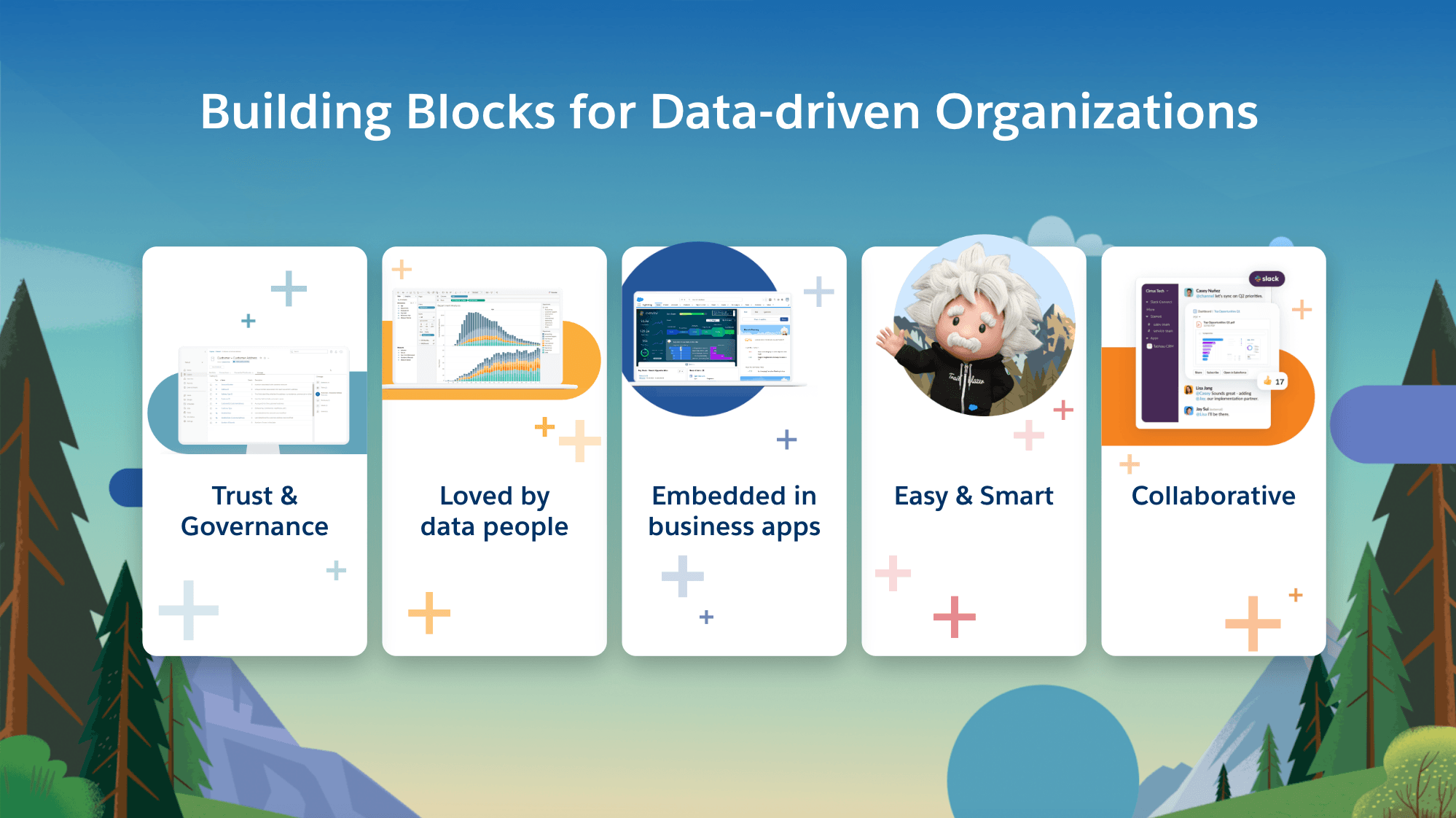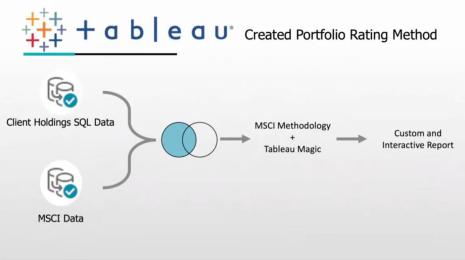Data delivers a caring public sector in the UK
Visualised and shared data is making the public sector more effective and efficient.
In the 2020s the public sector has become an emergency service. Alongside the core emergency services in police, fire, health and rescue, local governments have distributed the furlough payments many governments resorted to during the Covid-19 pandemic lockdowns and ensured businesses received grants to protect national and local economies. To be effective, both as an emergency response and as a public body, the sector has become increasingly data-centric.
“There is more awareness of the importance of data at senior levels and a recognition of the need to move with both speed and precision,” says Francois Zimmermann, CTO for EMEA at Tableau. “That means more focus on transparency, more sharing between departments and an emphasis on building a data culture.” Across all areas and geographies, public sector bodies have seen an increased demand for data led services and responses.
The pandemic lockdowns not only demonstrated the importance of data to the public sector but also how important it is for civic bodies to share the data they have, which in most cases increased data access, trust in services and improved results. “I trace data sharing back to the impact it will have on people,” says Alistair Bullward, Head of Function for Analytics at NHS Digital.
“Improving their care, and we have a responsibility to do that. So we put the patient and the person at the centre of our data strategy.”
As part of a national public sector body, Bullward and his team had to ensure that their data was shared with, and useful to, other organisations countering the impact of Covid-19 in the UK, a nation which had the highest Covid-19 death rate in Europe. Bullward’s team developed a dashboard for the test and tracing of Covid-19 in the initial stages of the pandemic. “We enabled local authorities to look at what is happening in their area, that meant they could consider where to put the mobile testing centres,” he says of how data informed the geographies with the highest cases of Covid-19. “They could slice and dice the data and it would later drive the uptake of the vaccine.” A dashboard for the vaccine programme was used by 80% of general practice doctors, he says.
Despite these successes, Bullward says data leaders must invest time and energy in the adoption process to make sure public sector colleagues use the data and tools. “There’s a lot of engagement that needs to be done. Technology is often the easy bit. We have a chief executive that came to all of our calls, so we had that senior sponsorship,” he says. Adding that senior level sponsorship is really important.
Zimmermann at Tableau believes the new approach and adoption of data within the public sector; “will improve the public services offered through joined-up social care pathways, for example.” Adding that public sector bodies will be able to respond to events like a pandemic much faster.

“If you are pushing information out, visualisation makes it consumable, as not everyone is an analyst,” Bullward at NHS Digital says. “A simple dashboard that is easy to use lowers the burden and makes their lives easier,” he says outlining how visualisation benefits clinicians, councillors and local decision-makers.
“We keep the presentation of the results simple and straightforward,” adds Richard Lukacs, a specialist in global risk and geopolitics at the World Economic Forum (WEF), the research and policy organisation famed for the Davos conference of world leaders in government and business. Lukacs is responsible for the annual Global Risks Report, which is published ahead of the Davos report, and he and his team have been working with Tableau to provide visualisations and dashboard filters to the data that is compiled for the report so that users can do their own analysis. Public sector peers use the annual report to shape national and local policy based on a global data led perspective.
Like Lukacs, Bullward at NHS Digital believes providing public sector users with the ability to carry out their own data analysis is crucial. Bullward says an open dashboard that NHS Digital developed allowed users to explore trends that shaped protection and policy before mass testing and then a vaccine became available.
With or without a pandemic, delivering public services is complex. To be successful and meet the needs of citizens who both require public services but also pay for them, public bodies are increasingly reliant on data and data services. They are now core to their ability to deliver efficient and effective responses to the ordinary and extraordinary events that shape the community.






